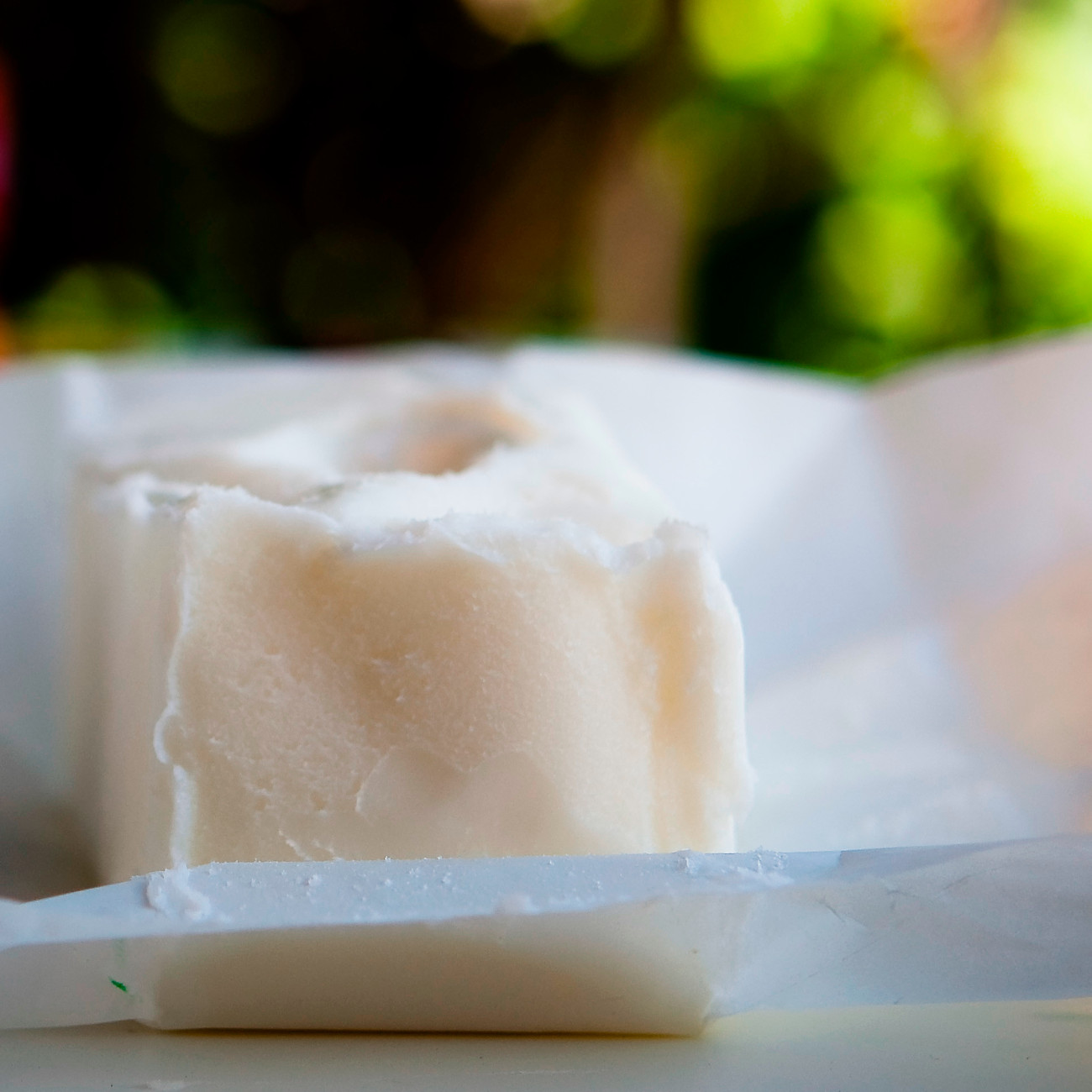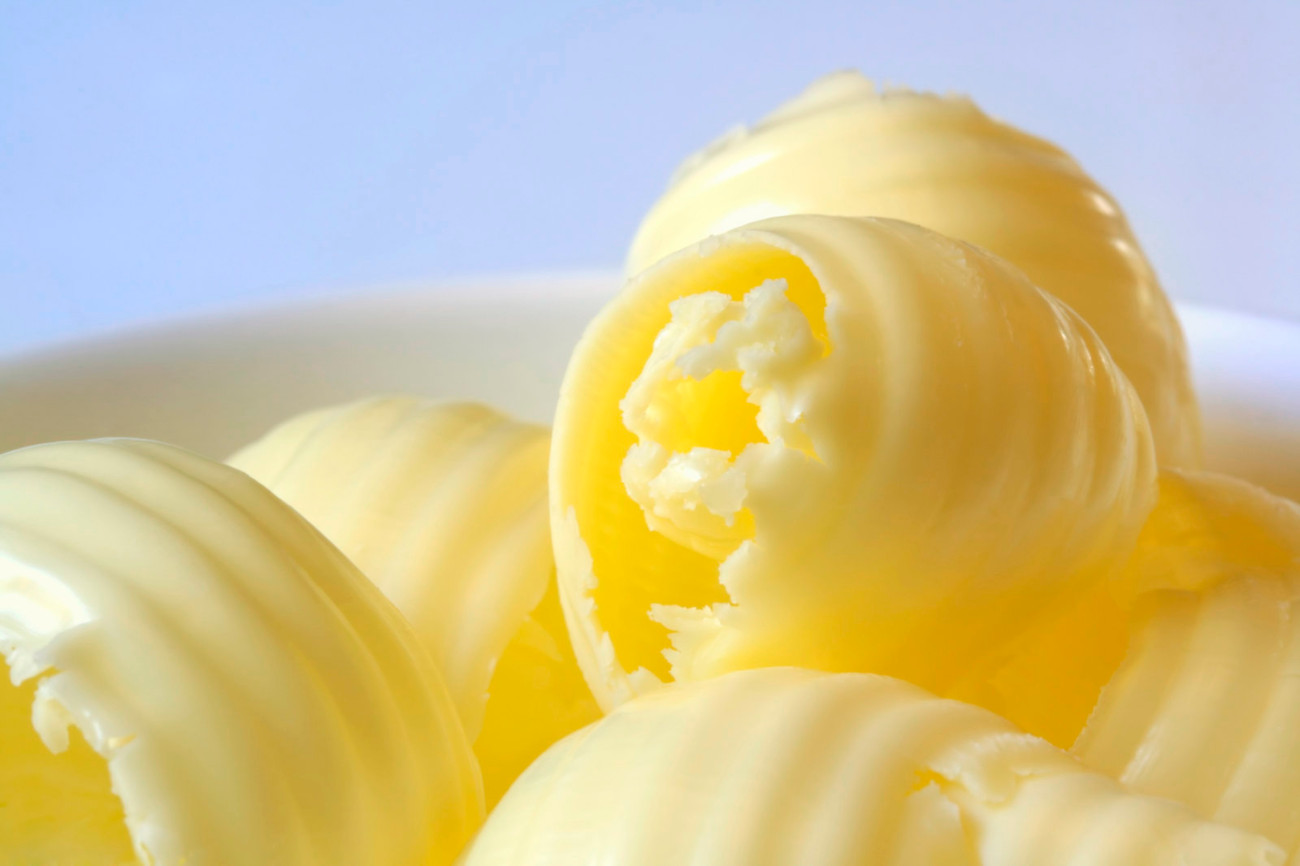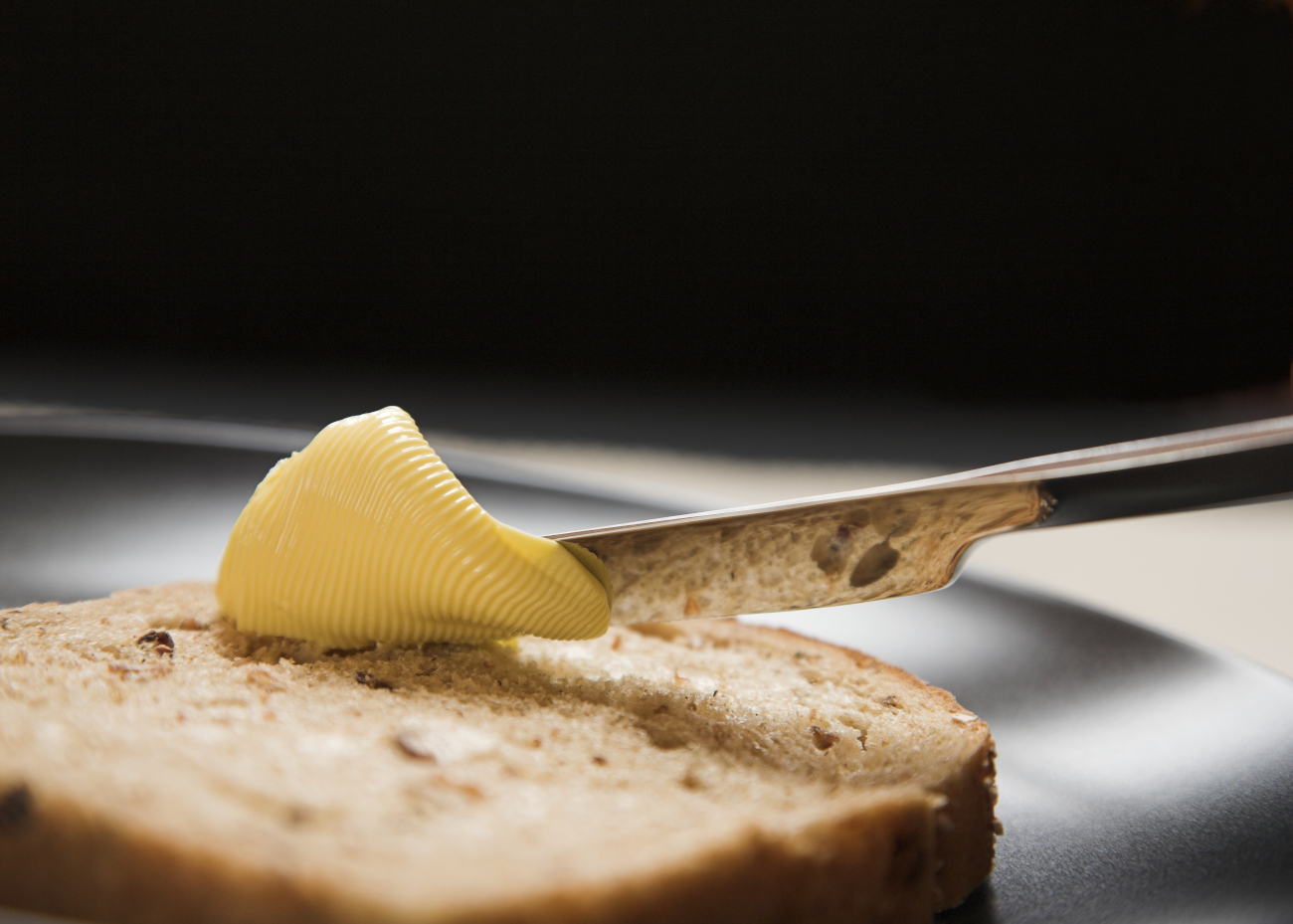Before the 21st century, margarine was a staple in the house. This smooth, spreadable butter alternative had a long reign and still holds a spot in old-school recipes and baking. We see margarine as just another butter look alike, but it took a long time for margarine to look like butter. The margarine of the late 19th and early 20th century is quite different from the margarine of today.

Margarine was only a recent invention in the whole timeline of history. This fatty chain was found by a French chemist, Michel-Eugène Chevreul, in 1813; but wasn’t utilized until another Frenchman, Hippolyte Mege-Mouries, came and made a margarine-based compound. Amidst a butter shortage, Emperor Napoleon III promoted a nationwide contest for someone to invent a butter alternative that could be used for soldiers and sold to the poor. Wanting to win Napoleon’s cash prize, Mege-Mouries blended the compound of beef tallow, salt, sodium sulfate, gastric juices of a pig, and a dash of cream and then heated the mixture into a sort of butter-like substance.
By 1873 the popularity of this butter alternative traveled across the pond and outsold the more expensive dairy butter. Though both butter and margarine of the 19th century came from the same animal and had similar compositions (eighty percent fat and twenty percent water), they certainly weren’t treated as equal products. The dairy industry of the time lobbied the U.S. government to ban the sale of margarine.

While the U.S. wasn’t as strict as Canada (which banned the sale of margarine until the 1940s), states were up to their discretion to regulate margarine. In New York, Maine, Pennsylvania, Wisconsin, Minnesota, Michigan, and Ohio buying, selling, and eating margarine was outright illegal. In other states, there were hefty limitations put on the butter alternative. Eventually, a federal law came into place, and the dairy industry found success when the U.S. government passed the Margarine Act of 1886. This act put a two-cent tax (that’s fifty cents today) on every pound of margarine sold. By 1896 that tax went up to as high as ten cents (almost $2.61 today), which pushed margarine out of the consumer market.
Alongside the tax, dying margarine yellow became illegal. In Europe, the biggest manufacturer of margarine had dyed margarine yellow, and up until the 1886 act, U.S. margarine was also dyed margarine a yellow hue. Some states were even more strict and had regulations that forced margarine to look even more unappetizing. States like Vermont (1884), New Hampshire (1891), and South Dakota (1891) forced margarine sold in their state lines to be dyed pink. The logic was that pink margarine would not be appealing to consumers, and would further deter Americans from buying margarine.

Pink, especially the bright pink used to dye the margarine, was not a natural color and not something Americans wanted to eat spread onto their morning toast or evening dinner rolls.
The pink dissuasion wasn’t enough to completely erratic margarine from the U.S. market, and by 1902 Congress passed an amendment to the 1886 act and added a 10-cent tax ($3.45 in today’s money) to any margarine sold in anything that wasn’t white or pink.
To get around the taxes, margarine companies sold the fat in its natural off-white color and sold it with a packet of yellow dye. During the turn of the century, colored margarine became a commonplace household chore.

Under the supply chain duress of World War Two, the politicization of margarine lightened up, and by 1950, the amendments forcing producers to color margarine were reversed. By the 20th century, the beef tallow-based margarine changed with the advent of hydrogenated oils, so some states — like the dairy-heavy industry state of Wisconsin — held onto its margarine regulations as late as 1967.
Do you have any memories of using margarine? Do you think you’d still use it if it was dyed pink?













